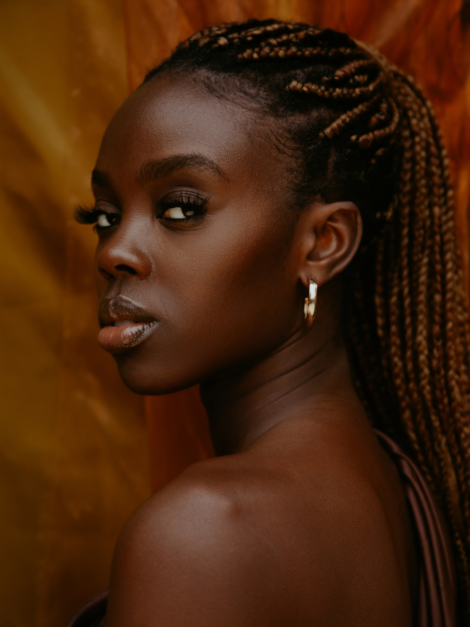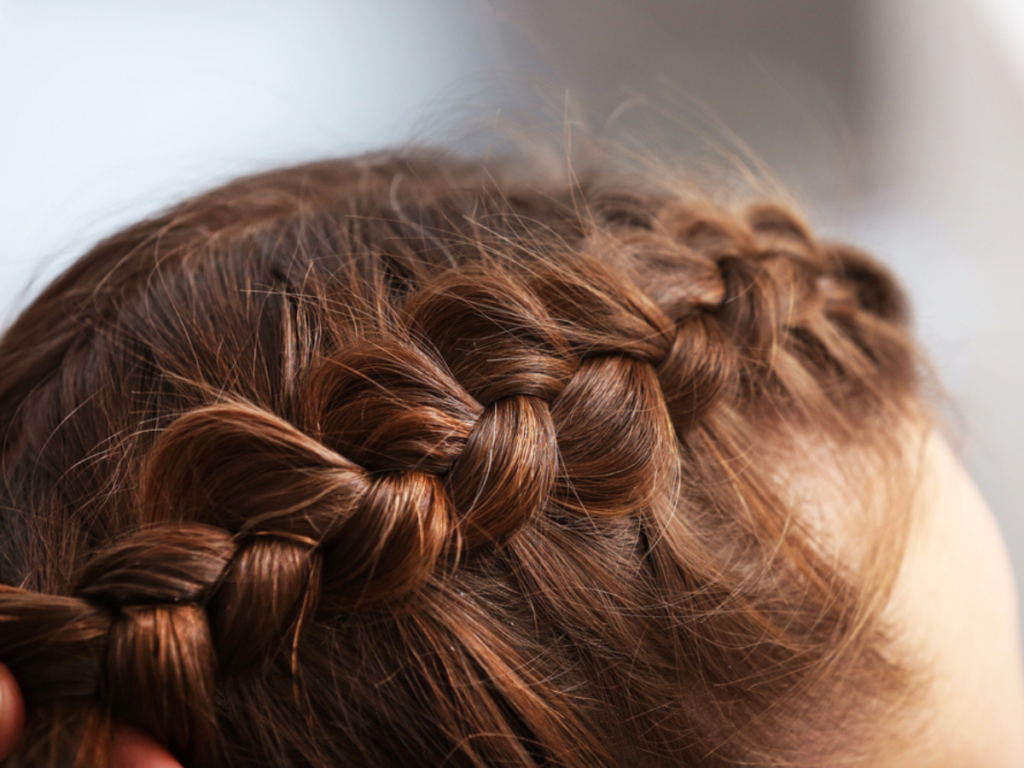Hair braids have become a popular hairstyle in recent times. But what is the origin of these braids?
The origin of hair braiding dates back to 3500 BC, to African culture. From identifying tribes and tracing slave escape routes to being a fashionable hairstyle, braiding has served various purposes throughout history. Here is information about some common questions one might have about the history of braids.
Did Vikings invent braids?
Though males and females braided their hair and beards within the Norse society, the Vikings did not invent braids. The Vikings lived around the ninth to the eleventh century in Scandinavia. However, the oldest type of braided cornrows is well over 5000 years, long before the existence of Vikings. Hence, the Vikings were not the inventor of braids.
Why did slaves wear braids?
The slaves used to wear braids for several reasons. Braids were simple and easy to manage and a practical way to keep hair out of the way while laboring. Besides, hair braiding was also a means of resistance and escaping slavery.
When slavery was in practice, the traders used to shave the heads of the captured slaves for sanitary purposes alongside taking away their culture and identity from them. So, many slaves would braid their hair tightly in cornrows and other types to maintain a tidy appearance.
Besides, the enslaved people used cornrows as a signal to transfer and create maps to flee the home of their captors. The slaves also used these braids to hide seeds or rice in their hair to have food to eat on their journey while escaping.

Where did bubble braids come from
Bubble braids are a new Fulani hairstyle that is presently gaining popularity around the world. Fulani braids are one of the common braids in African culture that originate from the Fulani(Fula) tribe residing within West Africa and the Sahel region. However, bubble braids are not the same as Fulani braids.
The bubble braids are simple and easy to do. They were popular in the 70s as well as the late 90s and early 2000s. Recently, they have regained their popularity as an effortless yet beautiful hairstyle.
What are bubble braids?
Bubble braids are not like regular braids at all. They are one or more ponytails tied with elastic bands continuously from top to bottom, leaving some space between them. As the elastics secure each section of hair, the hair is spread gently in a way that resembles bubbles.

Where do box braids come from
Box braids originate from Africa. This braiding style comes from bob braids of the females of the Nile Valley or the Eembuvi braids of Namibia from over 3,000 years ago. Besides, they also trace back to ancient Egypt around that time.
The styles and patterns of box braids indicated significant aspects of the identity of women. The jewels and accessories on braids helped distinguish different tribes, marital status, age, wealth, religion, and social ranking of women.
What cultures have box braids?
Box braids were and are a predominant part of African culture. In the past, hair braiding on each other was a social activity for the tribal females. They also used a variety of materials to decorate their braids. In recent times, box braids are gaining popularity worldwide alongside the African people and African diaspora.

Where do cornrow braids come from
Cornrows appear to be the oldest hairstyle of humanity. Cornrows have their origin in Africa around 3500 BC. The name cornrows came from how the hair is very close to the scalp and can form a design looking like the crossroads or paths formed in the grain fields.
The cornrows hold a rich cultural heritage and historical pride for the people of African origin.
Did Vikings have cornrows?
Alongside women, Viking men also used to wear braids to keep their hair contained. The Viking braids looked like cornrows to some extent. So, though Vikings did not invent cornrows, they might have had a type of cornrow culture.
What is the history of cornrows?
Cornrows on women date back to 3500 BC, and that on men as far back as the early 5th century BC. The patterns of cornrows typically indicated the tribe of a person and their status within the society.
In colonial America, the African slave population wore cornrows. Besides being an easy-to-manage hairstyle, the cornrows provided a secret communication medium for slaves. The number of cornrows or the patterns helped convey messages about certain meeting times or escape routes.
Cornrows are hence an intriguing part of African culture. These gained popularity in the ’60s and ’70s owing to the interest to embrace African pride and natural hairstyles.

What culture did braids originate from
Braids are known to originate from African culture. Different African tribes and clans adorned their heads in various styles that caused the evolution of well-known braids like cornrows, Fulani braids, box braids, ghana braids, and many more.
Other braids like the Dutch or French braids also had their origin within African culture. So, African culture can be said to be the origin of braids.
What culture do Dutch braids come from
Contrary to the common conception, Dutch braids do not originate from the Netherlands. Instead, they come from South Africa.
A Dutch braid is a hairstyle with three hair portions braided together with hair sections tucked neatly underneath the middle section. When hair segments are Dutch braided separately, they somewhat resemble the cornrows. Dutch braids are also termed “inverted french braids.”
The French braids had their origin in North Africa. The inverted version of these French braids, Dutch braids, were also widely worn by African women. The South African immigrants in the Netherlands adopted Dutch braids that are now a well-known braiding style.
Braids are not only a hairstyle, rather a form of art. Braids remained inextricable throughout history after their origin about 5000 years ago. As various types of braids continue to evolve, the history of the inception of these braids remains ever glorious and significant.
Lastly, check out the mane caper shop.

